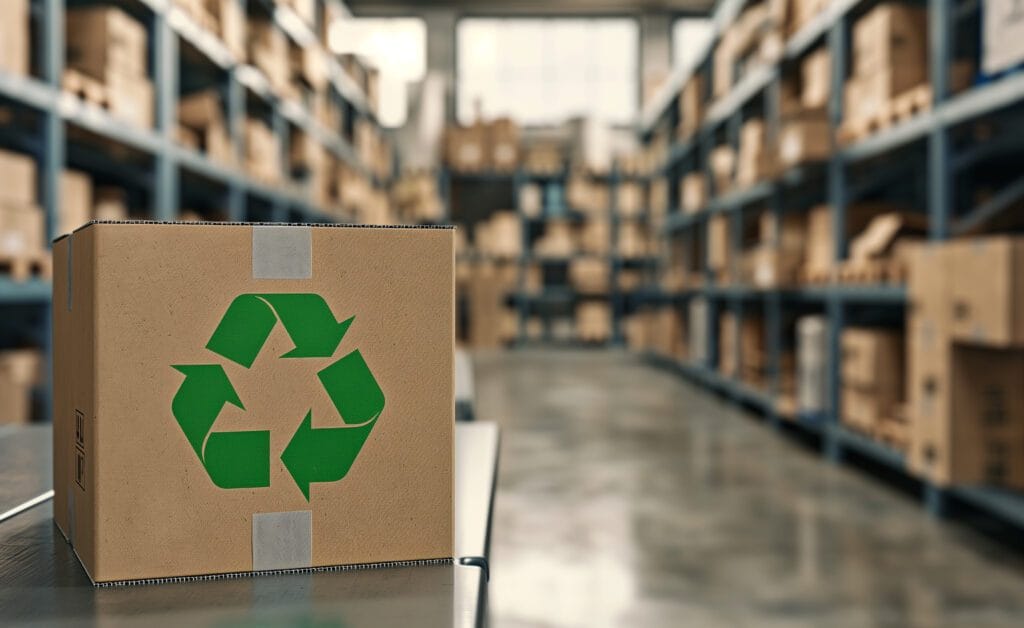Google searches for Extended Producer Responsibility (EPR) have increased by 193% in the last seven days, however a recent survey carried out by Ecoveritas found that over half of UK businesses haven’t started collecting data.
All businesses should’ve started to collect data from March 1st, at the latest. Here’s exactly how submit information…
Over the last few months, we’ve answered your EPR FAQs, and explored how you need to prepare for the new packaging waste regulations. Now that the legislation is in full swing, it’s time to brush up on how business owners actually collect the data that DEFRA is requesting.
What data do I have to submit for EPR?
You need to collect data on four different areas of packaging information for your submission:
- packaging activity – how you supplied the packaging
- packaging type – whether the packaging is domestic or business
- packaging class – whether the packaging is primary, secondary, shipment or tertiary
- packaging material and weight
Some businesses will also have to track nation data, this is information on where in the UK packaging is supplied in and which nation in the UK packaging is discarded in. You need to submit this data if you have supplied customers or businesses with packaging and it has then gone on to be discarded due to selling, hiring, loaning and gifting.
How to track packaging activity for EPR
There are six different types of packaging activity that businesses need to be aware of. Each data set has its own letter clarification:
SO: Use this code if you supply packaging for goods under your own brand.
PF: If you supply unbranded packaging for goods to go into, for your own organisation or another organisation use this code.
IM: This code should be used if you have imported and gone on to supply or discard packaging in the UK.
SE: If you supply Empty packaging to a small organisation, this is your code.
HL: Use this code if you loan reusable packaging to other businesses.
OM: Do you supply packaging via an online marketplace to the UK from outside the UK? This is your code.
Then it’s time to classify your packaging type. This is to differentiate between whether your waste is domestic, organisation, or public bin waste. There is a guide to all of the codes here.
What’s the difference between primary, secondary, and tertiary packaging for EPR?
This is your packaging class – it determines whether your packaging is supplied on its own or if it is used to group other packaging:
Primary packaging (P1): Packaging used to contain a single ‘sales unit’ to sell to customers.
Secondary packaging (P2): Packaging used to group several sales units together.
Tertiary packaging (P4): Used to group secondary packaging units together while being transported or handled. Also known as transit packaging.
There are more codes in this part of the data collection process. These include shipment packaging – which has the code P3 – or B1 which is public bin waste. You need to find out your class here.
All of this information must be submitted as a CSV file. If you leave out any required information, the file won’t be validated and won’t be uploaded to your account. If you need to provide additional data, you should replace the previously uploaded file with a new version.




